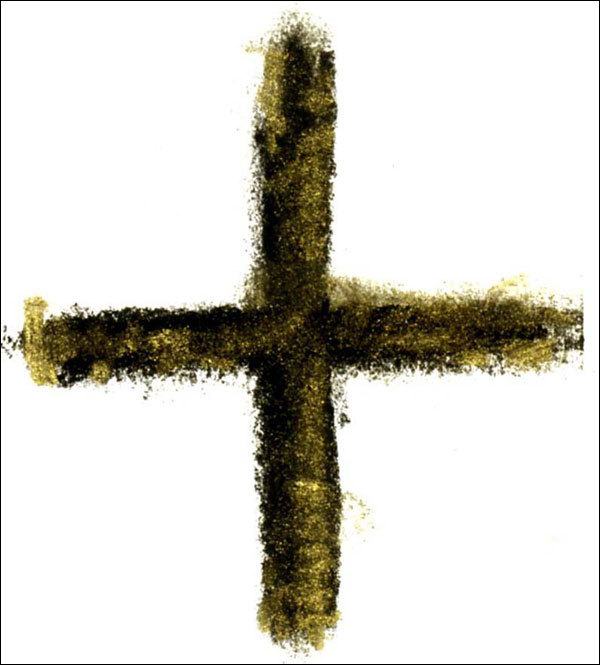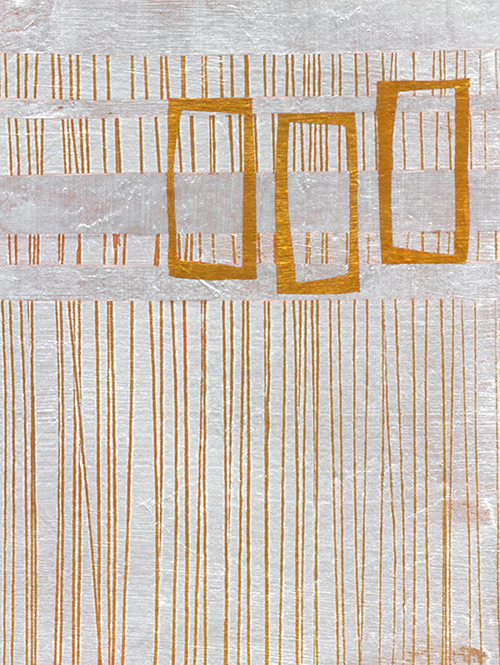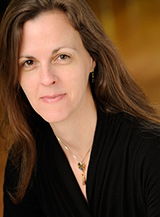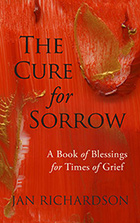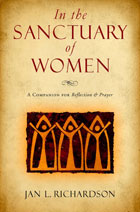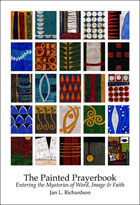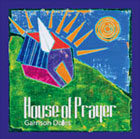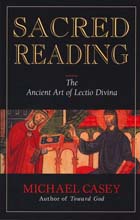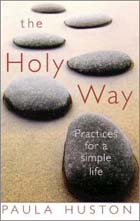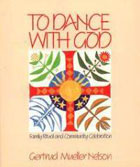This week finds me settling back in from a splendid trip to Virginia. Many thanks to Deborah Lewis, director of The Wesley Foundation at the University of Virginia, and to Elizabeth Foss, pastor of Wesley Memorial United Methodist Church in Charlottesville, for collaborating on the events of this past weekend and for their excellent hospitality. Between this trip and my recent foray to Minnesota with Gary, this Floridian has gotten a lovely dose of winter.
I’ve quite enjoyed being back in the blogging groove the past few months, but once again I am coming up against certain realities involved in major commitments I’ve made. The recent travels, combined with planning Gary’s and my wedding this spring (wahoo!), looking for a house that we can make a home (we signed the lease yesterday), and finally wrapping up the last few pieces of my new book (the main part of which I sent to the publisher months ago, but the final bits have been lingering…), are making for a pretty wild pace. I say all this simply to let you know that things may be a little sporadic here at The Painted Prayerbook for a bit. Please don’t go too far; though I may not be able to post on a weekly basis just now, I’ll continue to offer new art and reflections as I can.
In the midst of the sporadic-ness, I want to let you know that I still have plenty of resources on hand to accompany you through the days of Lent and Easter. There are lots of images for the season (and the whole year) over at Jan Richardson Images, where you can download individual images or, with an annual subscription, you can have unlimited access to all the images for a year. You can browse previous blog reflections for the season at Painted Prayerbook-Lent and Painted Prayerbook-Easter. Copies of my book Garden of Hollows: Entering the Mysteries of Lent & Easter are available through Amazon.com or directly from me.
For other Lenten offerings, including art prints, I invite you to visit my post Looking toward Lent.
In other news, I want to mention that I’m booking a limited number of retreats and workshops for Fall 2010 through Spring 2011. I travel in whatever direction the Spirit blows, so if you’d like to be in conversation about an event, I’d love to talk with you. You can contact me by leaving a comment below (if you’re contacting me specifically to inquire about scheduling an event, know that I won’t publish the comment but will respond to you directly). I’m particularly working to offer events with Garrison Doles, an amazing musician and creative collaborator who brings many gifts to this kind of setting. You can find out more about his ministry and hear his music at the Song Chapel.
Please know that I’m holding you in prayer in these Lenten days and am grateful for your prayers and good thoughts for me in this wild and wondrous time. Blessings!


